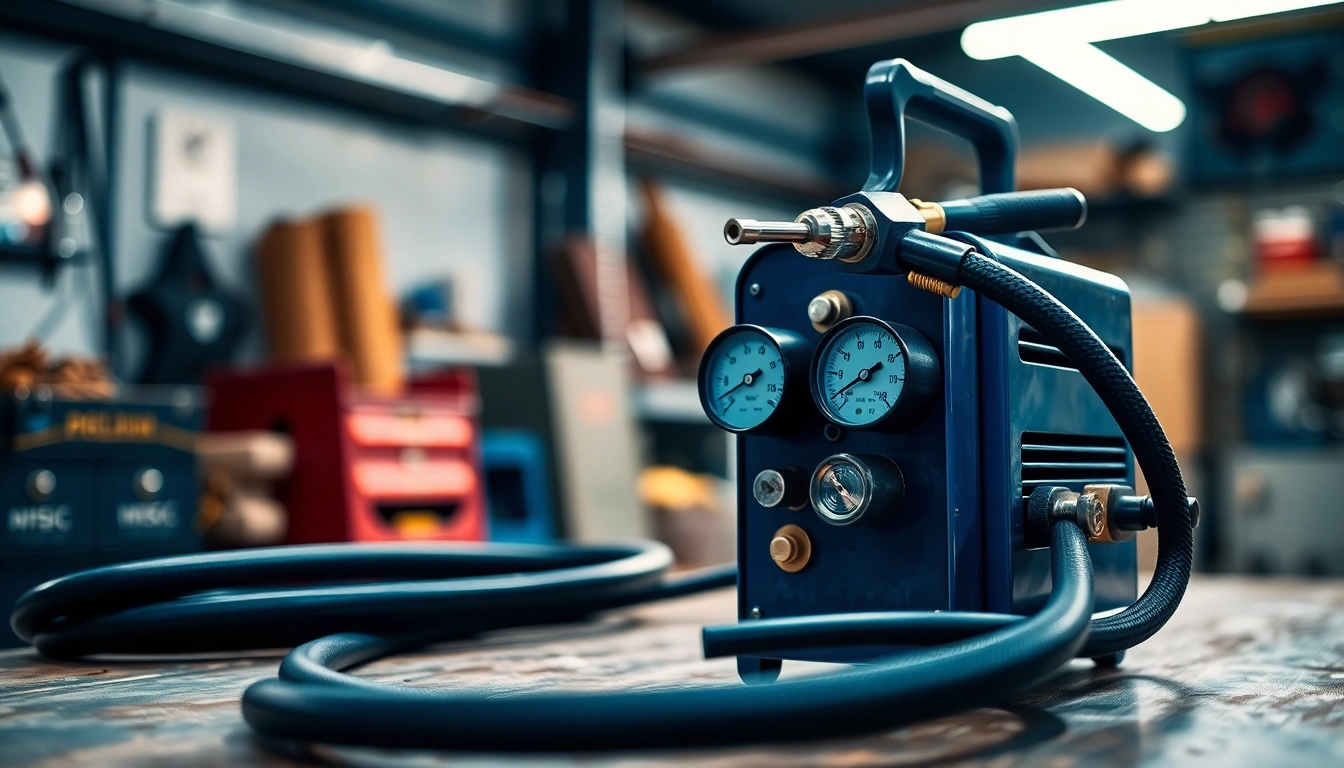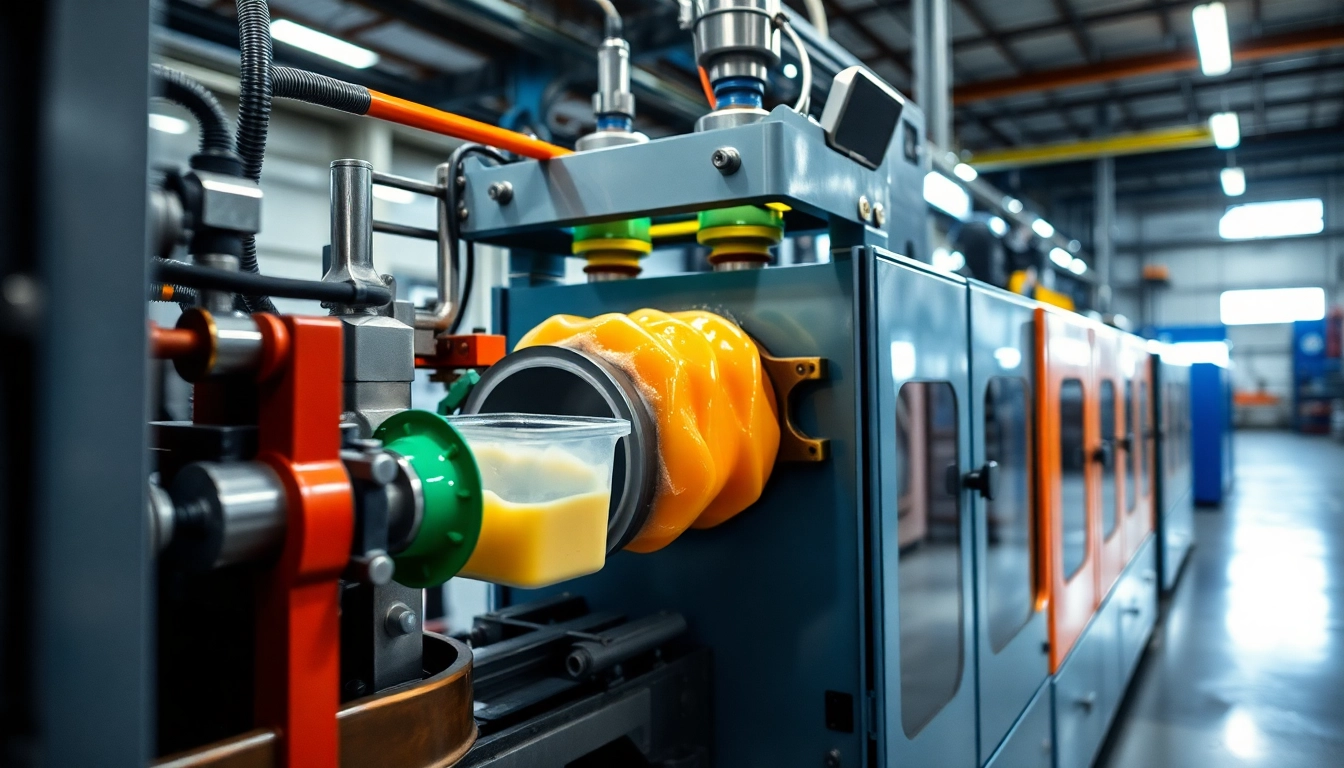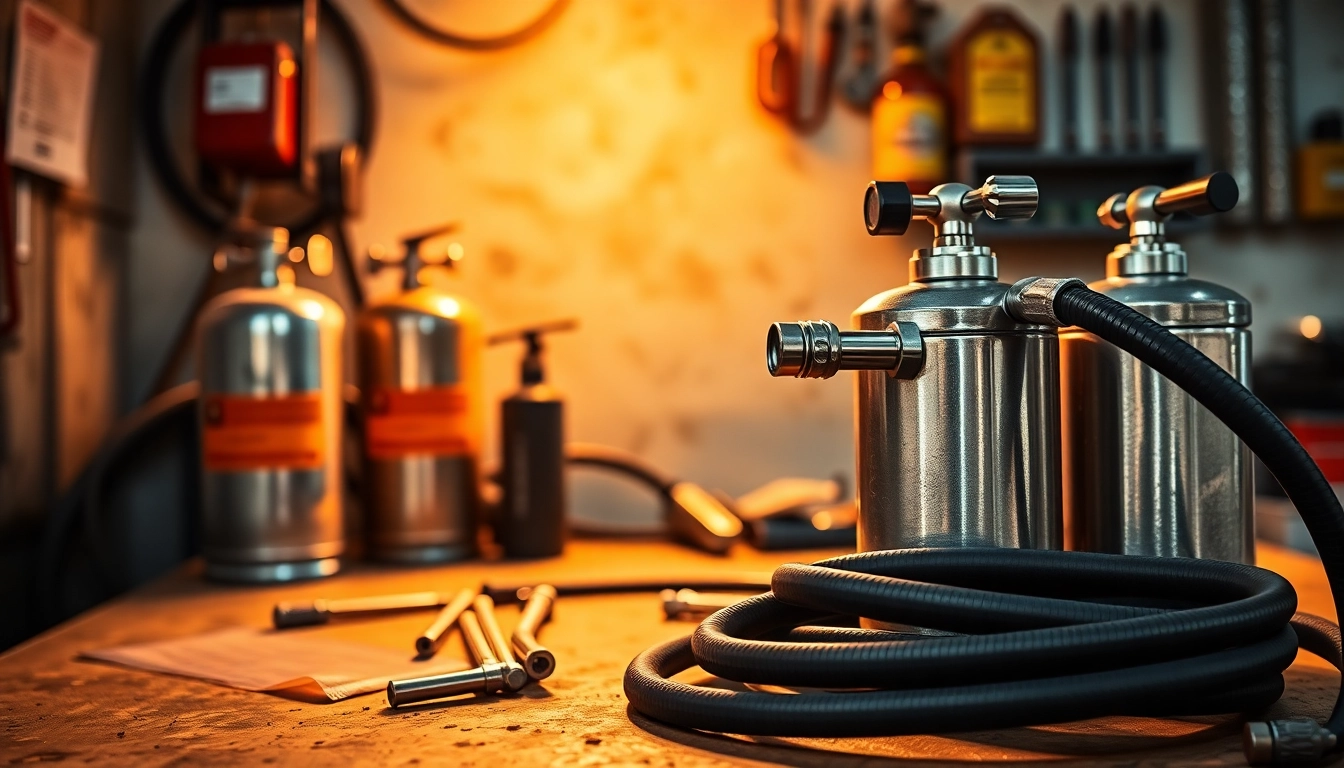Understanding Oxy Gas Welding Kits
What is an Oxy Gas Welding Kit?
An oxy gas welding kit is a collection of tools and equipment used for welding, cutting, and brazing metals using a combination of oxygen and acetylene gases. Oxy gas welding, also referred to as oxy-acetylene welding, is a process that produces a high-temperature flame to melt and join together two pieces of metal. This method is popular due to its versatility and the quality of welds it produces, making it suitable for a wide range of applications, from crafts to industrial manufacturing. The oxy gas welding kit typically includes important components such as welding torches, gas cylinders, regulators, hoses, and safety gear, thereby providing all essential tools for both novices and professional welders.
Key Components of Oxy Gas Welding Kits
Understanding the key components of an oxy gas welding kit is crucial for anyone looking to engage in welding tasks. Below are the primary components commonly found in these kits:
- Welding Torch: This is the primary tool used to mix oxygen and acetylene gases to create a flame. The torch is equipped with controls for regulating the flow of gas and adjusting the flame intensity.
- Gas Cylinders: Typically, two cylinders are present in an oxy gas welding kit: one for oxygen and one for acetylene. These cylinders are constructed from durable materials to withstand high pressure.
- Regulators: Regulators control the pressure of the gases flowing from the cylinders to the torch, ensuring that the right amounts of oxygen and acetylene are mixed for a consistent flame.
- Hoses: These flexible tubes transport the gases from the cylinders to the welding torch. They are designed for high pressure and are often color-coded—typically red for acetylene and green for oxygen.
- Safety Gear: Essential safety equipment, such as goggles or helmets with filter lenses, gloves, and protective clothing, is included to protect the welder from harmful ultraviolet light and sparks.
Common Applications of Oxy Gas Welding
Oxy gas welding is widely used in various industries due to its versatility and efficacy. Here are some common applications:
- Metal Fabrication: In industries where metal structures need to be fabricated, oxy gas welding is a preferred method due to the strong welds it produces.
- Automobile Repair: Mechanics often use oxy gas welding to repair damaged metal parts of vehicles.
- Artistic Metalworking: Artists prefer oxy gas welding for creating intricate designs and sculptures as it allows for precise control of the flame and weld.
- Piping Installation: In the plumbing and HVAC fields, oxy-aacetylene welding is used for joining metal pipes.
Types of Oxy Gas Welding Kits Available
Portable vs. Stationary Kits
Oxy gas welding kits come in two primary types: portable and stationary, each designed for different user needs.
- Portable Kits: These kits are designed for ease of mobility, making them ideal for on-site repairs or projects. They usually feature compact designs, lightweight components, and convenient carrying cases. Portable kits often include smaller tanks and lighter weights, allowing for easy transport without compromising weld quality.
- Stationary Kits: Designed for fixed locations, typically in workshops or industrial settings, stationary kits feature larger gas tanks and more extensive sets of equipment. These kits are ideal for heavy-duty applications and require a space dedicated to welding tasks.
Complete Kits vs. Individual Components
Users can choose between purchasing complete oxy gas welding kits or assembling individual components:
- Complete Kits: These kits contain everything a welder might need to get started, including torches, hoses, regulators, and tanks. Complete kits are excellent for beginners who need a comprehensive solution without the fuss of compatibility issues.
- Individual Components: For experienced welders or those seeking customization, purchasing components separately allows for a tailored setup. This option enables users to upgrade specific parts, choose preferred brands, or replace worn equipment without acquiring new kits.
Heavy Duty vs. Light Duty Kits
Welding kits are also categorized based on their intended workload:
- Heavy Duty Kits: These kits include robust components designed for industrial-level welding and cutting. They are built to withstand intense use and typically feature larger gas cylinders, more powerful regulators, and heavy-duty hoses.
- Light Duty Kits: Designed for hobbyists and low-intensity applications, light duty kits are perfect for those who engage in occasional welding, such as small repairs and artistic projects. These kits usually contain smaller tanks and simpler designs, prioritizing accessibility and ease of use.
Features to Consider When Choosing an Oxy Gas Welding Kit
Safety Features and Compliance
Safety is paramount when selecting an oxy gas welding kit. Look for kits that feature:
- Regulator Safety Features: This includes pressure relief valves and gauges that allow for monitoring gas flow and pressure.
- Flame Control Devices: Devices that provide precise flame control reduce the risks of accidents.
- Compliance Standards: Ensure the kit meets specific industry safety standards and regulations to avoid potential hazards.
Compatibility with Accessories
When selecting a welding kit, consider how easily it integrates with other tools and accessories. For instance:
- Nozzle Attachments: Look for kits that allow various nozzle attachments for different welding techniques and metal types.
- Cutting Attachments: Some kits can accommodate cutting attachments for more versatile applications, such as cutting through metal plates.
Price Ranges and Value
Price can be a determining factor when choosing an oxy gas welding kit. Kits range significantly in price based on the quality of components and included features:
- Entry-Level Kits: Prices start as low as $99 for basic models, which may be suitable for occasional users or hobbyists.
- Mid-Range Kits: These kits typically range from $200 to $500 and often provide a balanced mix of quality and features for regular users.
- Professional Grade Kits: High-end kits can cost over $600, suitable for industrial applications, featuring premium components and enhanced safety features.
Best Practices for Using Oxy Gas Welding Kits
Setup and Safety Protocols
Following proper setup and safety protocols is critical for safe welding:
- Check Equipment Regularly: Inspect hoses, regulators, and tanks for leaks or damage before use.
- Use the Correct Flame Settings: Adjust the flame settings appropriately based on the material being welded; a neutral flame is generally ideal.
- Ventilation: Always ensure the welding area is well-ventilated to prevent the accumulation of harmful gases.
Techniques for Efficient Welding
To achieve quality welds, consider the following techniques:
- Maintain Steady Hand Movement: Keep a consistent speed when moving the torch to produce even welds.
- Angle of the Torch: Hold the torch at the correct angle to ensure optimal heat and efficiency.
- Practice Welding on Scrap Metal: Before starting on a project, practice using scrap pieces to refine techniques.
Maintenance Tips for Longevity
Proper maintenance can prolong the life of an oxy gas welding kit:
- Clean Regularly: Remove debris and residue from the torch and other components after each use.
- Secure Storage: Store gas cylinders upright in a secure, dry area to prevent accidents and damage.
- Check Valves and Hoses: Inspect regularly for cracks or wear; replace any damaged components immediately.
Where to Buy Oxy Gas Welding Kits
Online vs. Physical Retailers
Purchasing an oxy gas welding kit can be done through various channels:
- Online Retailers: Many people prefer shopping online for convenience. Websites like Amazon, Home Depot, and specialized welding supply stores offer a wide range of products, often with customer reviews that can aid in decision-making.
- Physical Retailers: Visiting a local store allows for hands-on examination of products and direct assistance from sales staff. This can be particularly beneficial for first-time buyers who may need expert advice.
Comparing Prices and Reviews
Regardless of where you shop, comparing prices and checking reviews is crucial:
- Price Comparison Tools: Utilize online tools to compare prices across multiple retailers to ensure you are getting the best deal.
- Reading Reviews: Customer reviews can provide insights into product quality and usability, helping you avoid poor purchases.
What to Look for in a Vendor
When selecting where to purchase, consider the following:
- Reputation: Choose vendors with positive feedback and established credibility in the welding supply industry.
- Return Policies: Ensure the retailer has a reasonable return policy in case you encounter issues with the product.
- After-Sales Support: Look for vendors that offer technical support or warranties, which can be vital for resolving any future concerns.


